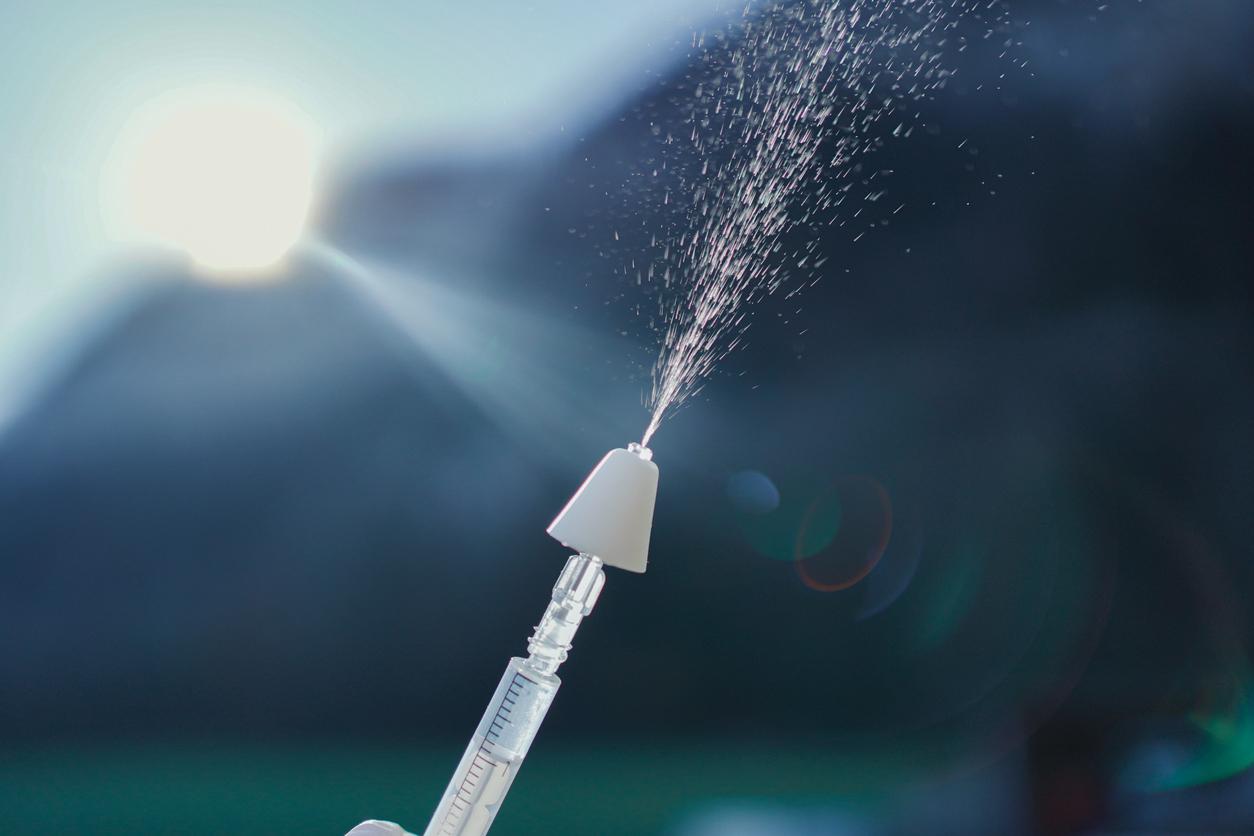The tests were conducted using routine sampling during the recent deer-hunting season, as well as targeted post-season removals. Hunters, who harvested more than 276,000 deer during the season, submitted most of the CWD-positive samples.
Testing of deer removed after the season identified 70 cases among 4,768 deer in areas where the fatal neurodegenerative disease has been found.
"Less than 1% of samples tested positive for CWD," MDC Wildlife Health Program Supervisor Deb Hudman, MS, said in a news release.
Missouri, which has 114 counties, is home to more than 1.5 million white-tailed deer. With the new CWD cases, the state has reported 815 infected deer in 46 counties since the first case was found in a wild deer in early 2012.
Venison-consumption cautions
CWD, which affects cervids such as deer, moose, and elk, is a transmissible spongiform encephalopathy—the same disease group as bovine spongiform encephalopathy, or "mad cow" disease. These diseases are caused by infectious misfolded proteins called prions.
Human CWD cases haven't been reported, but health officials recommend against consuming the meat of CWD-positive animals and advise hunters who harvest deer in CWD-endemic areas to have their deer tested before eating the venison.















